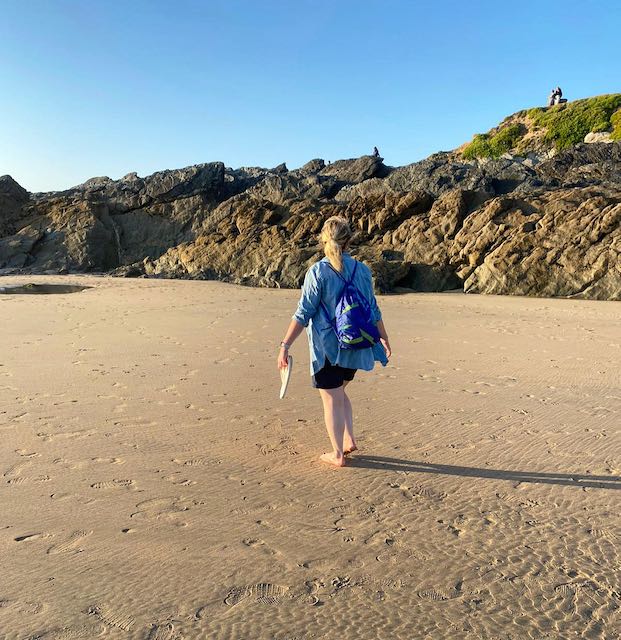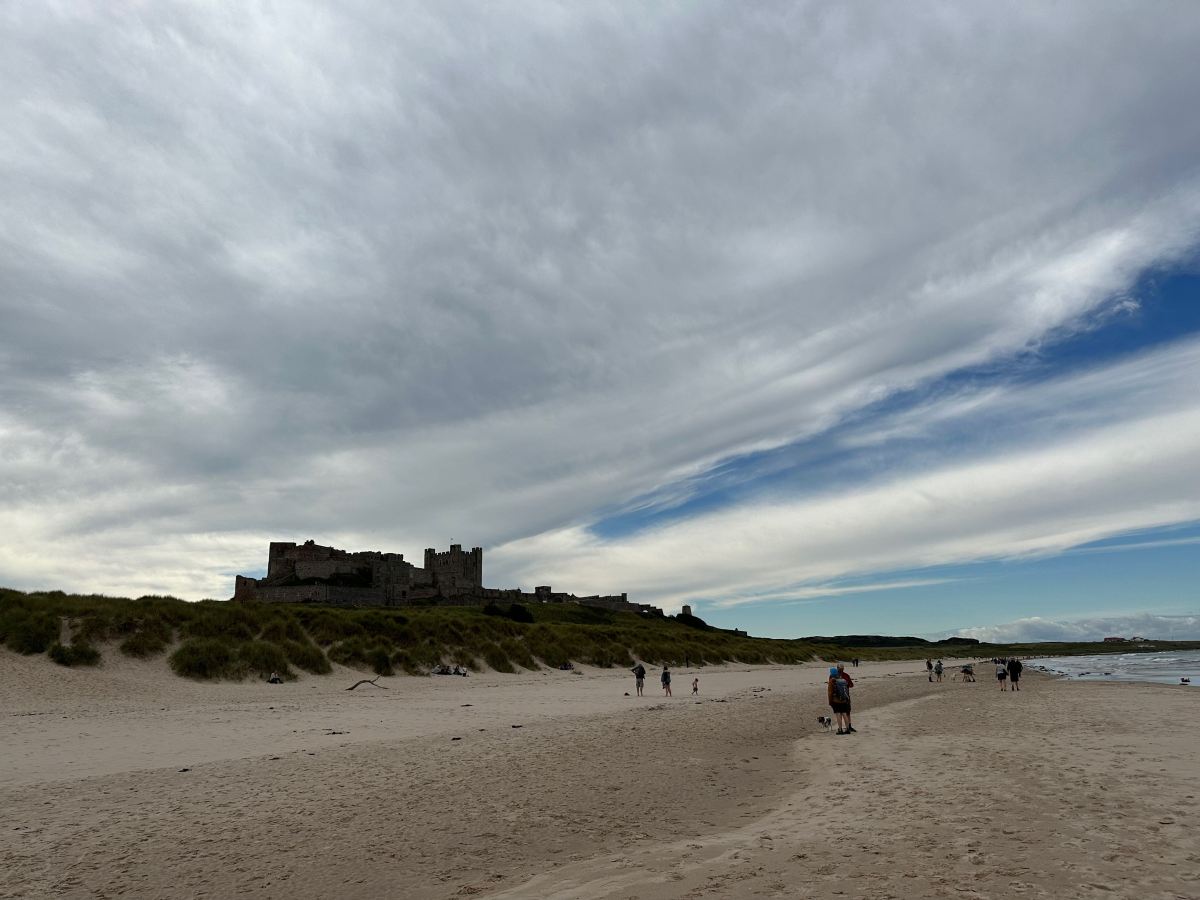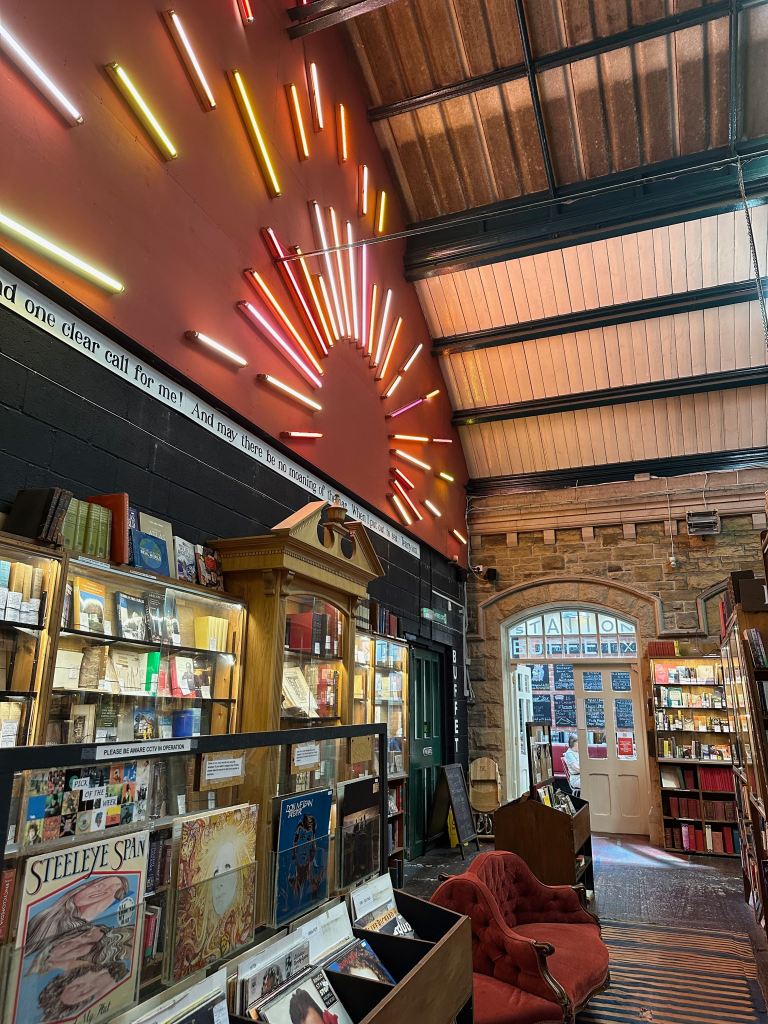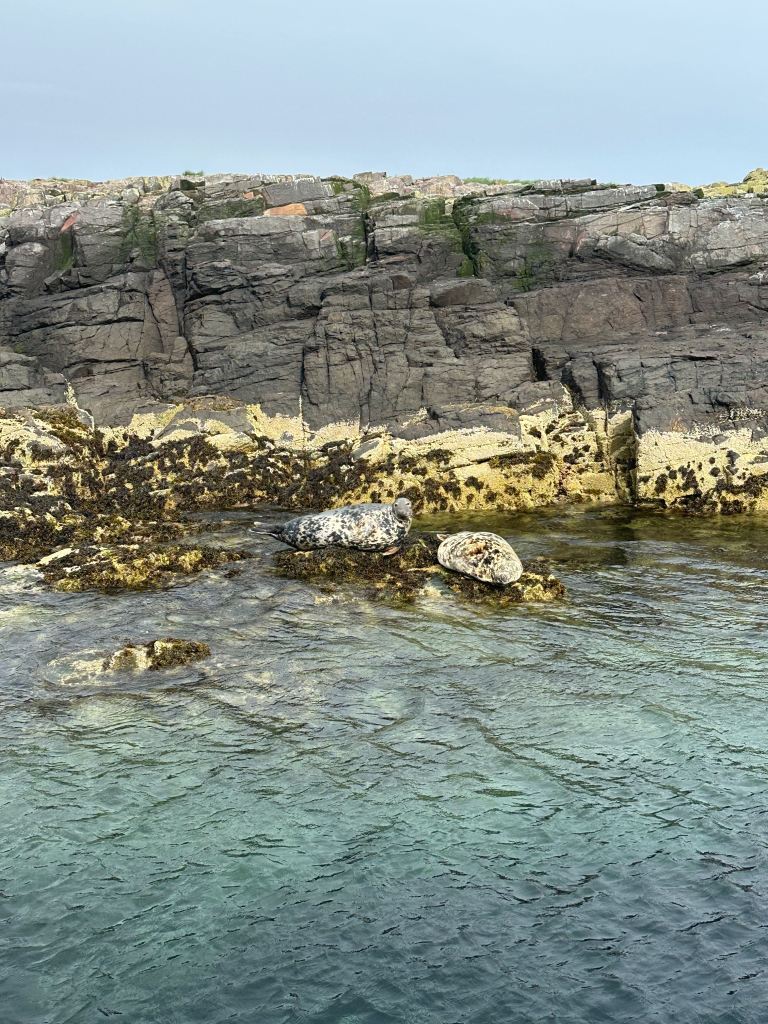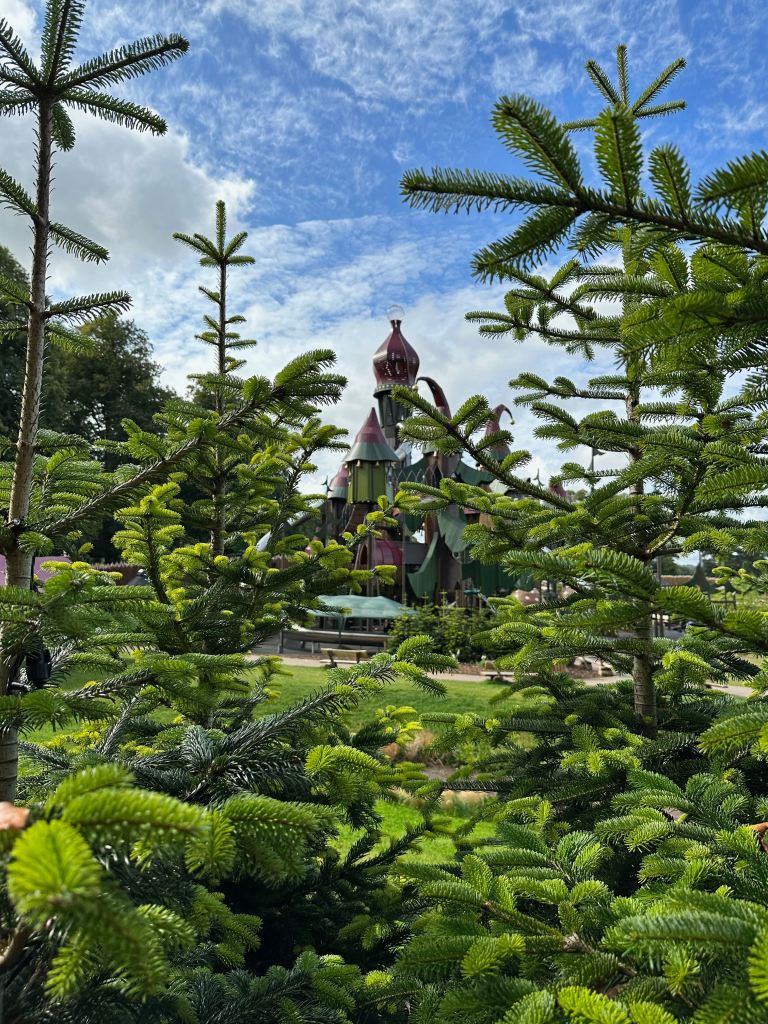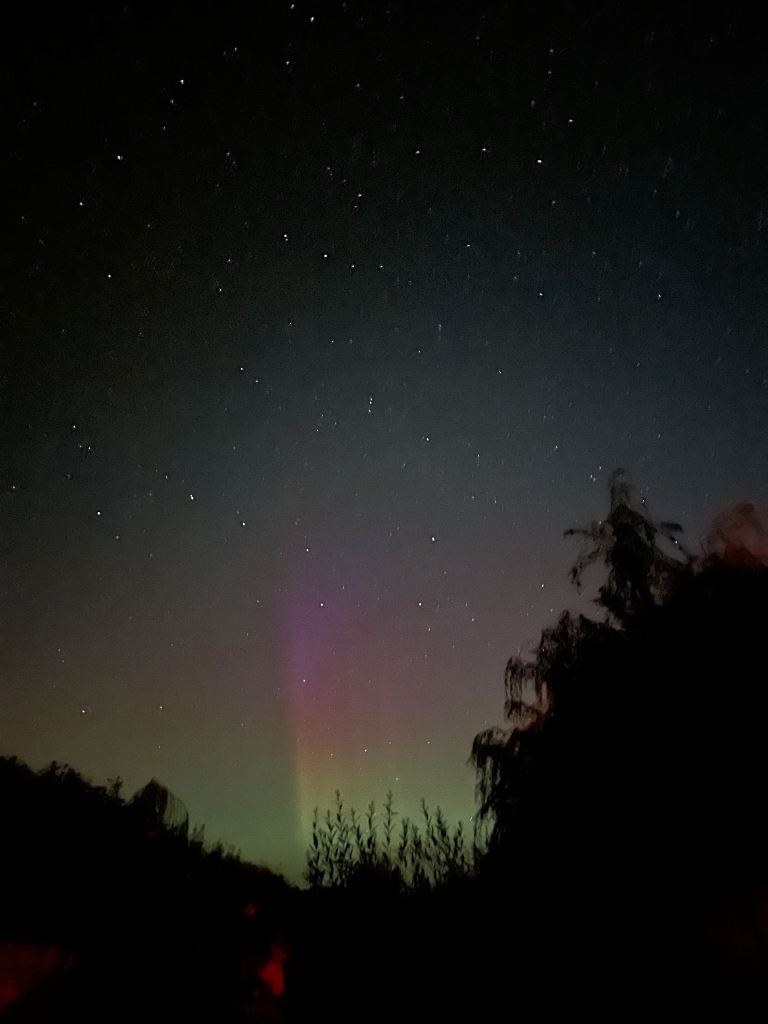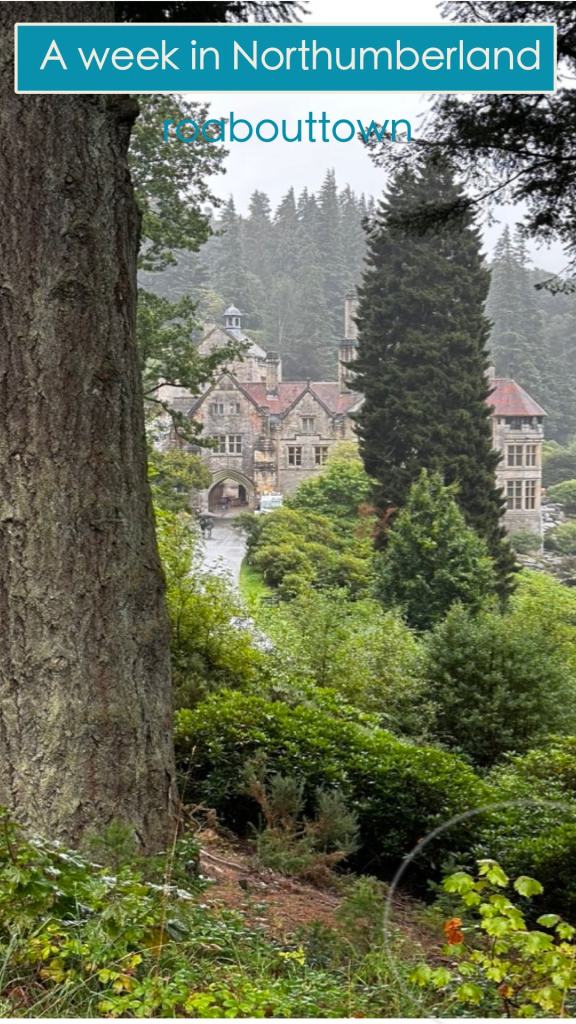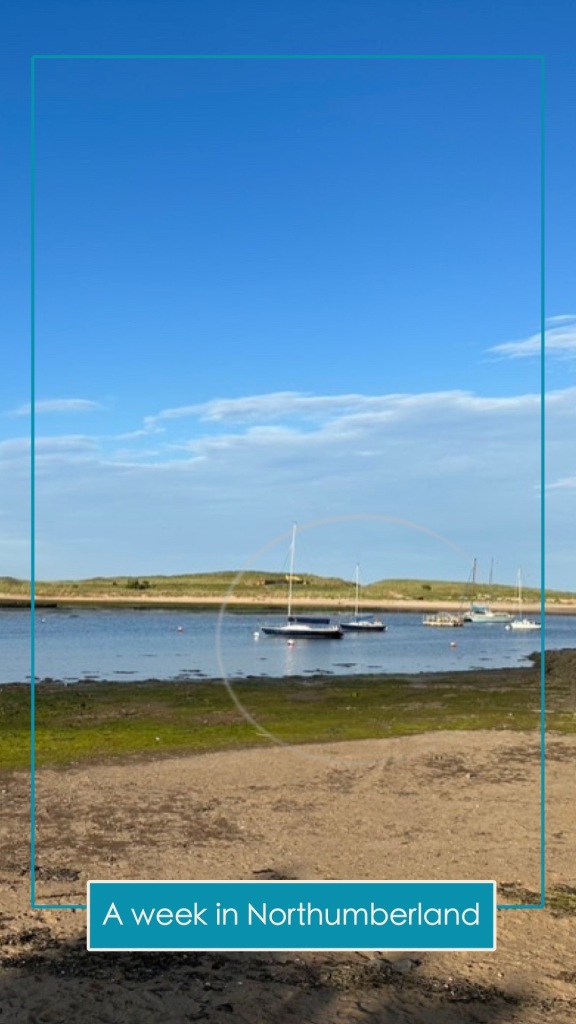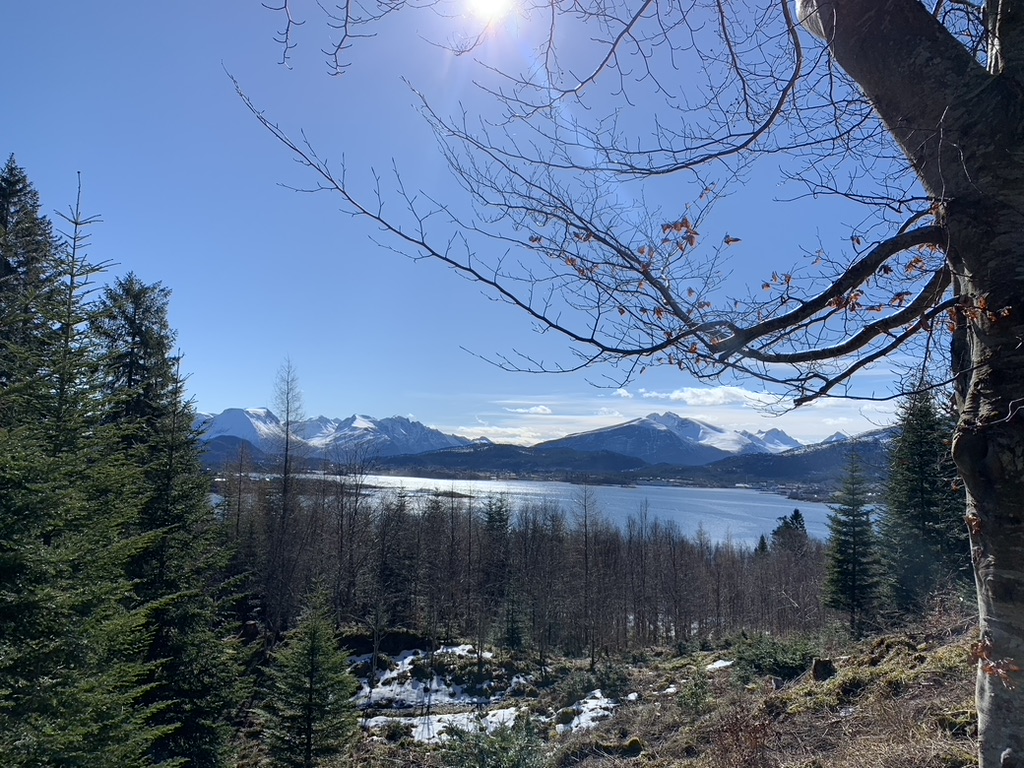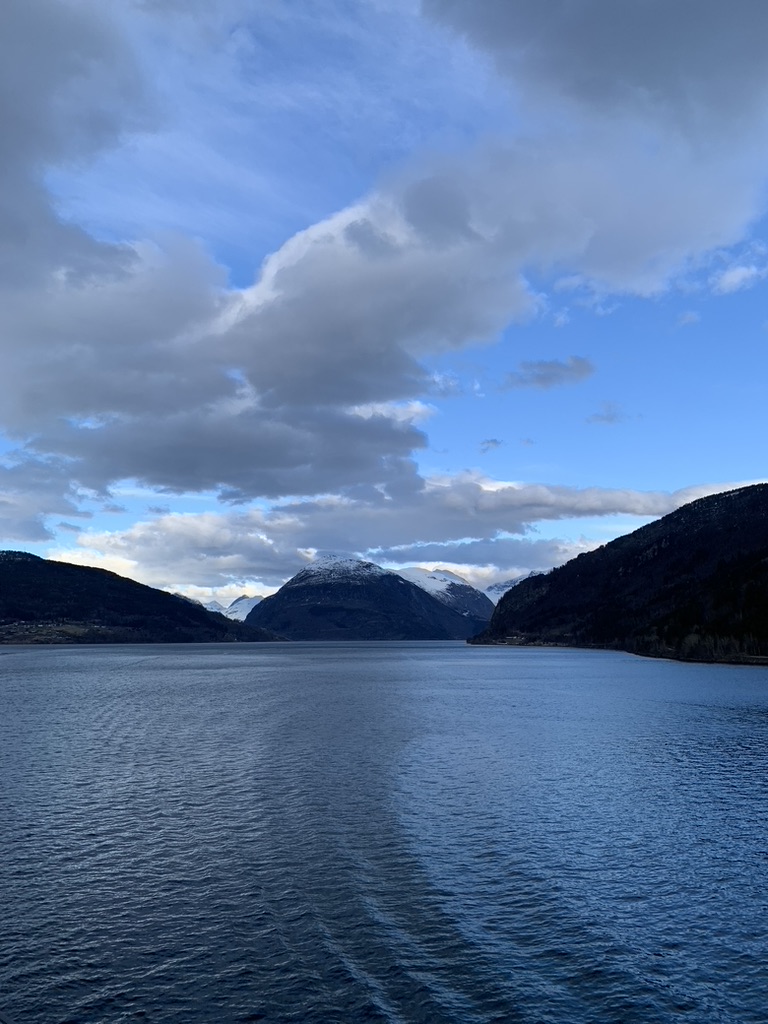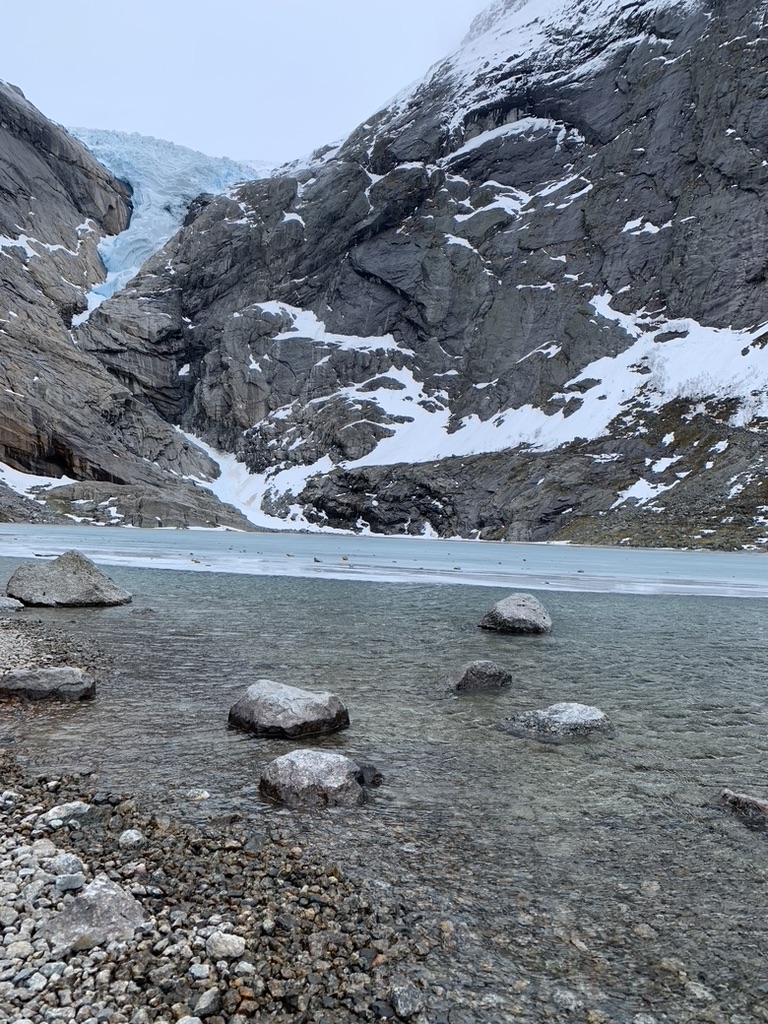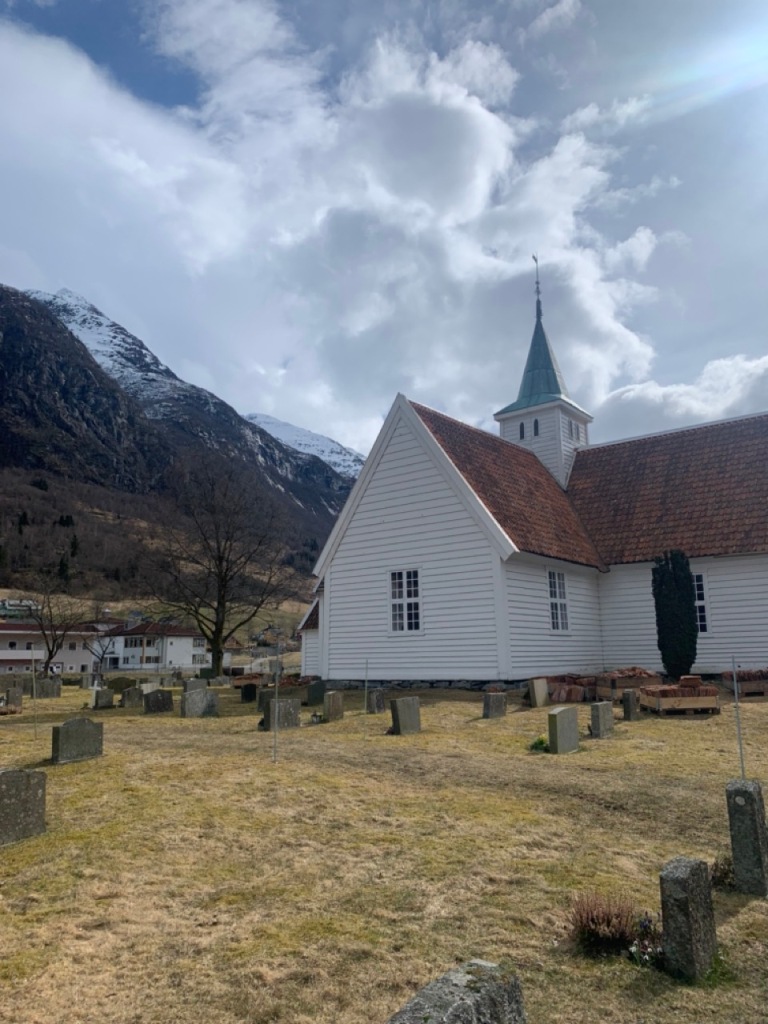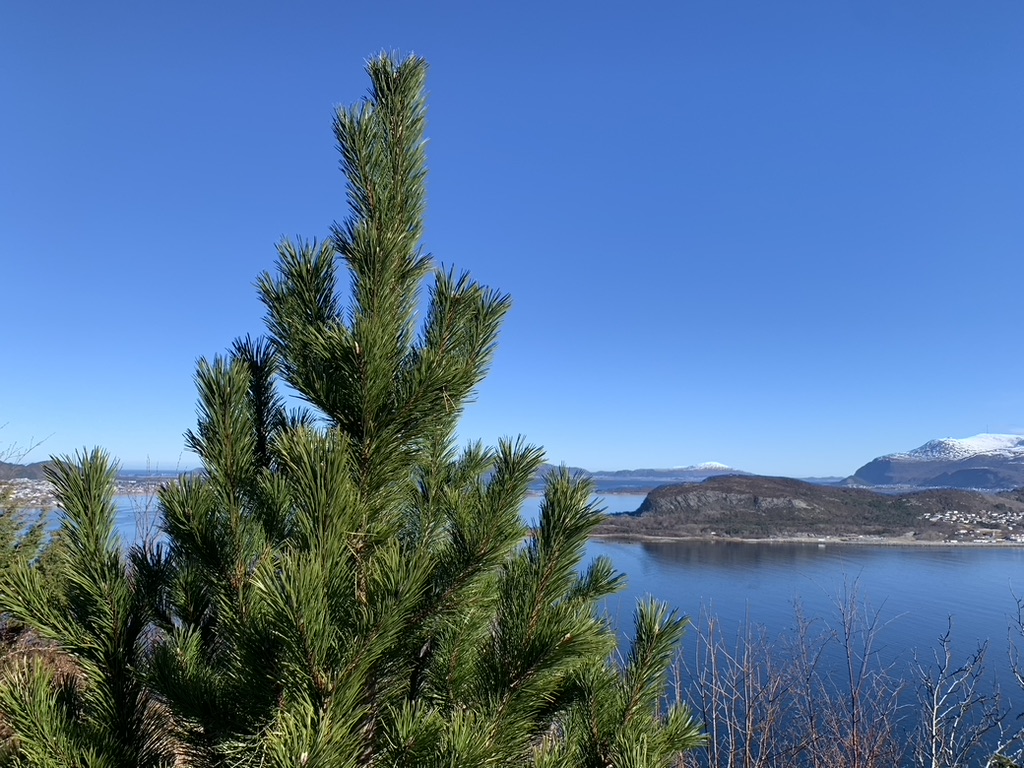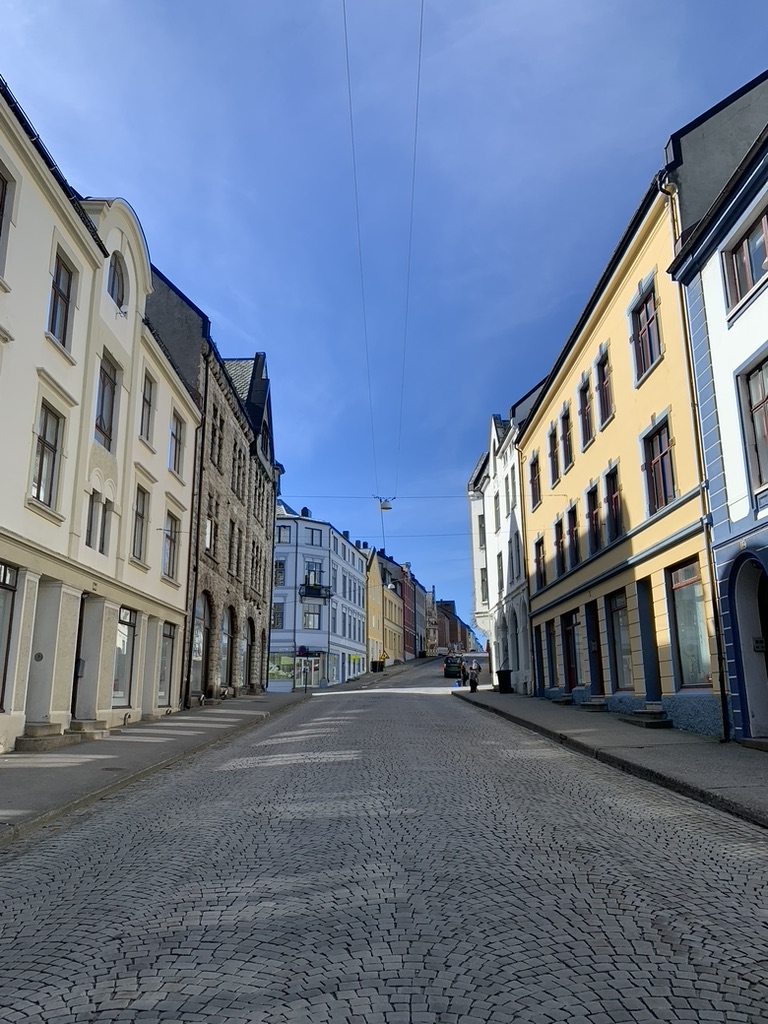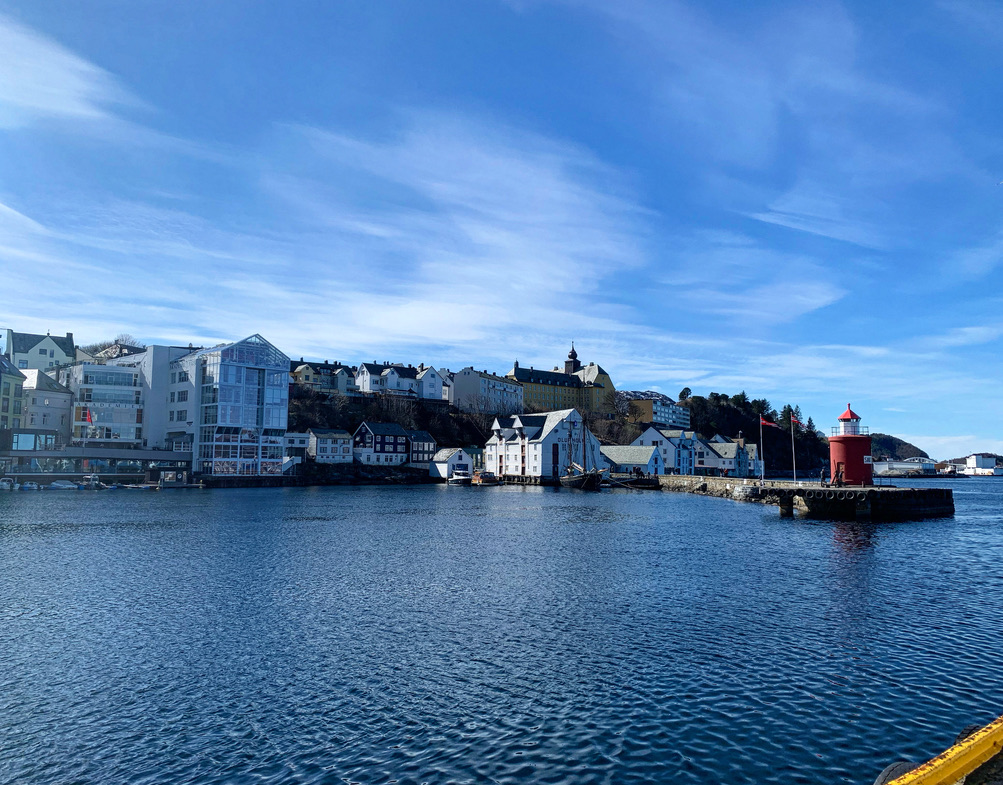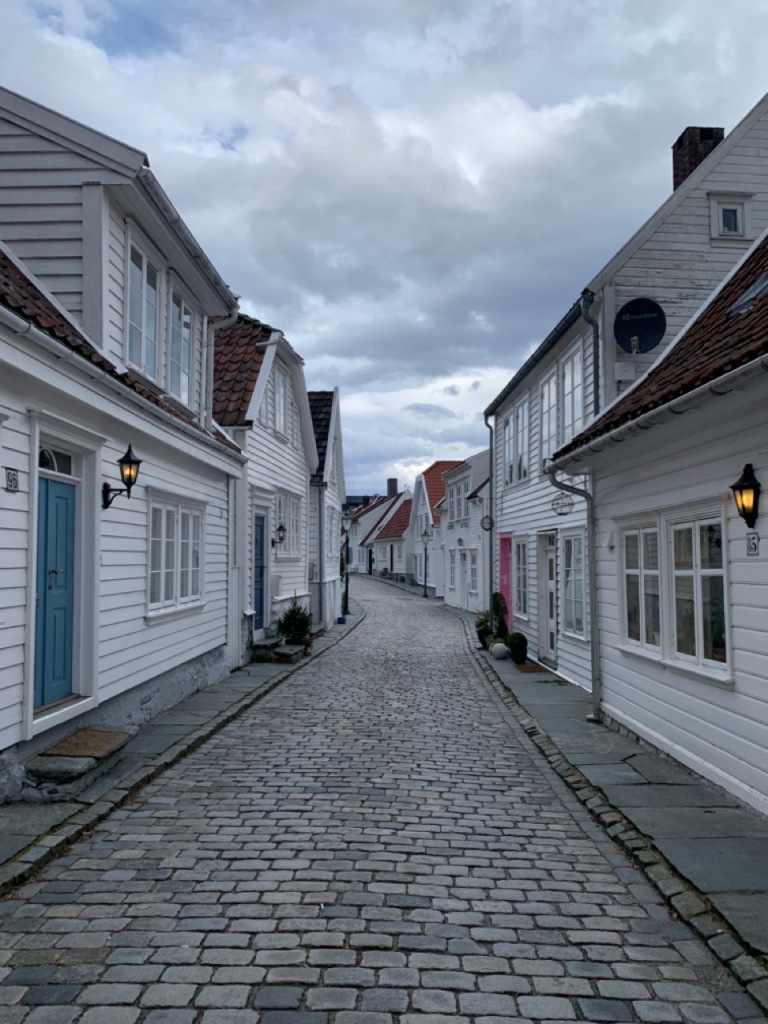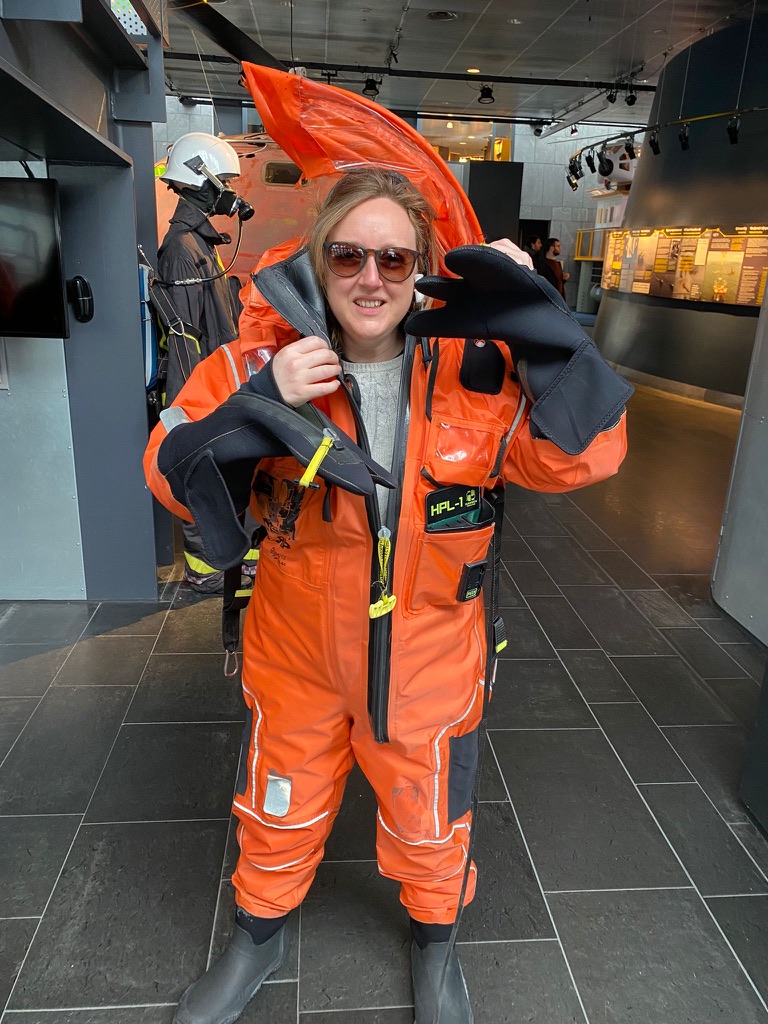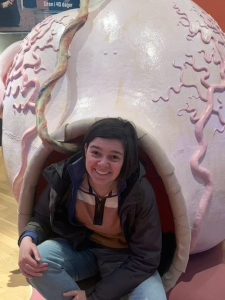Where to stay, what to do, and what to eat – from a (semi) local perspective.
Cornwall is one of the most beautiful counties in the UK and has many more things to do than first meets the eye. I was fortunate enough to spend two years living and working in the county and have visited frequently since. I was based in Newquay, a traditional seaside town on the north coast of Cornwall where my godmother still lives. This guide is built from twenty years of visits, showing visitors around and days out with the friends I made in Cornwall. This is also reflected in the length of this post (brace yourselves).
The county of Cornwall is a classic example of rural poverty in the UK, with house prices over 10x local wages (many are owned as second homes or exist only as holiday homes), limited industry (tourism and social care are major industries) and well-paid jobs are few and far between; the average salary in Cornwall is about £10k a year lower than the UK average.
Because of how much time I have spent in Cornwall, I am splitting the guide into multiple editions; you will pick up from each edition that a National Trust membership is a good investment if you are heading to Cornwall. This post really just scratches the surface and gives you the essentials for a brilliant holiday.
A Short History of Cornwall
Cornwall (or Kernow) has a unique Celtic heritage and is considered to be one of the Celtic nations, alongside Wales, Scotland, and Ireland. It’s for this reason that the Cornish language (which is spoken still by some) bears more resemblance to Irish than English. Even in the Norman times, there was acceptance that the Cornish had a distinct identity from the rest of England.
The Tamar River is the traditional divider between Cornwall and Devon and it is symbolic for many Cornishmen – I remember one telling me he wanted to blow it up to stop any more incomers (like me) from the rest of the UK coming over. It turned out later he wasn’t even Cornish himself!
It’s for these reasons there is a Cornish nationalist movement (spearheaded by political party Mebyon Kernow) that campaigns for greater autonomy for the county (not independence mind).
Cornwall is incredibly rich in natural resources – the mid-country town of St Austell was a home of clay mines and Redruth and towns westward were home to tin mines from the eighteenth to twentieth century (the last mine closed in 1998). It is also this mining heritage that gave birth to the iconic Cornish pasty: the pastry was crimped so miners could hold it on the edge without the goods getting dirty. The early pasty would contain a corner of jam, so miners could also have a sweet treat.
When to go to Cornwall
The tourist season in Cornwall officially runs from May to the end of September, but I would recommend April and October too. If at all possible, I would avoid it in August. It’s not just the sheer number of people on the beaches but the impact the influx of people has on every element of life. For example, in August you will queue to get into Morrisons in Newquay just to pick up a loaf of bread, it can take 30-40 mins more than off-season to get between the major towns as the roads are not set up for the August influx and attractions such as the Eden Project sell-out.
Equally, if you are looking for a holiday, I would avoid Cornwall from December to February – it is cold, wet, and windy and a lot of cafes, shops, and museums are closed.
Getting to Cornwall
Cornwall is accessible by train (but be warned, these are not the most reliable and it’s difficult to get across the county by train), plane (to Newquay Airport) and by car (probably the easiest). There are two main roads into and around Cornwall: the A30 and A38. This means in peak season and at peak times of day, your journey is S.L.O.W. This isn’t an issue if you enjoy sitting in traffic jams, its more just to be aware it will happen (and to bring something to entertain kids or big kids with short attention spans).
Where to stay
Whilst a cute cottage in a Cornish village might seem like an idyllic place to stay, these cottages actually represent one of the biggest challenges to local people. Second and holiday homes have driven house prices up to one of the highest in relation to wages in the UK. If you can, try and find a holiday park or bed and breakfast. These are designed for tourists and provide more work to the local community. Equally, don’t be that person who brings all their food from their local supermarket. There are good farm shops and supermarkets in Cornwall, use them.
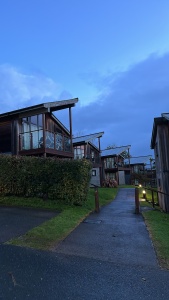
Hotel-wise, I haven’t stayed in many, but of those I have, I recommend the Waterwheel near St Austell, Mannings in Truro, and Cornwall Hotel and Spa in between St Austell and Mevagissey.*
What to eat
The Pasty
You cannot go to Cornwall and not have a pasty. The best ones in Cornwall are from Rowe’s or Warrens, which are Cornish bakery chains. I do however have a soft spot for the butcher on Chester Road in Newquay. His steak pasties are exceptional and worth the detour. Do not under any circumstances eat a Ginsters pasty when in Cornwall. You could get run out of town. I really cannot stress this enough, NO GINSTERS.

A cream tea
Cream teas are divisive in the West Country – the order in which you take your jam and cream is tied to your identity. This is also where I am sneered at in Cornwall. I am a firm believer in butter or cream first, then jam. It just makes sense. The Cornish firmly believe in jam first.
Equally with the cup of tea, there is much room for error. English Breakfast is the tea of choice but beware of misstepping with your Earl Grey. It is not a drink made for milk; it should also not be over-brewed like English Breakfast or Assam, else it leaves a bad taste. Light brew and a slice of lemon, no sugar if you’re opting for Earl Grey.
Fish and chips
It is one of those indisputable facts of life that deep-fried white fish and potatoes just taste better when wrapped in old newspaper with salty sea air blowing, sitting on a lukewarm beach. In Cornwall they know this, but it’s also easy to fall into a trap. Rick Stein is one of the chefs who has sought to make fish and chips in Cornwall posh. This is my tip for you, if you need to go to Rick Stein’s (probably in Padstow) to say you have, then by all means do. If you just want fish and chips, find a less polished-looking shack on a secluded beach and you will have a meal that will blow your mind. Smother the chips in vinegar, relish the crispy potato ends, and know you are getting a proper English experience. Extra points if you have to sit in the pouring rain.
Saffron Cake or Buns
The Saffron Cake or Bun is one of my less favourite Cornish treats, and it’s probably reflected in the fact it hasn’t really taken off in the rest of England. You’ll find a saffron bun in any good Cornish bakery.
Cyder
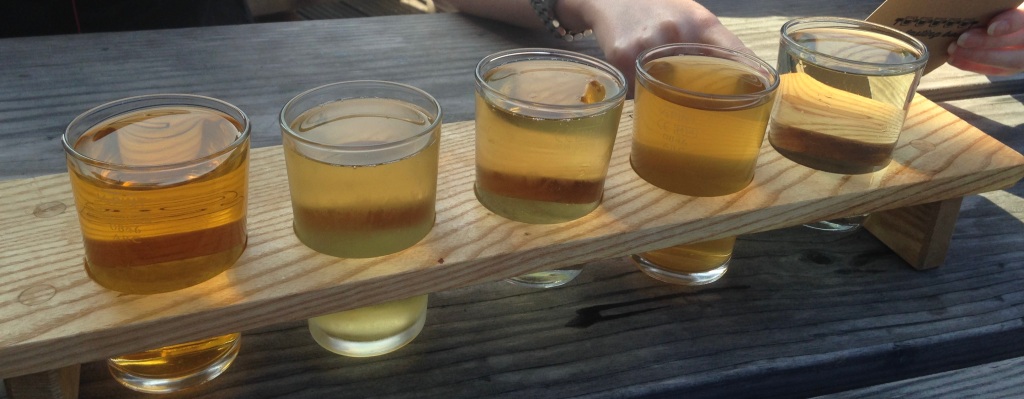
Cornish Cyder (for American readers, this is alcoholic, not like the Cider you get in the US) and is a very specific form of the classic drink. It’s often ‘scrumpy’ Cyder – very pale and dry. Healey and Rattler are some of the best brands to sample in Cornwall. I prefer Herefordshire Cider if given a choice, but you really cannot visit Cornwall without trying a local brew.
Doom Bar
Doom Bar, from St Austell Brewery, has become one of the most iconic ales in the UK and one of the only ones I find drinkable. It is a very dark ale, and the unique blend of hops and Cornish water means it slips down very easily.
Top tourist attractions
The Eden Project
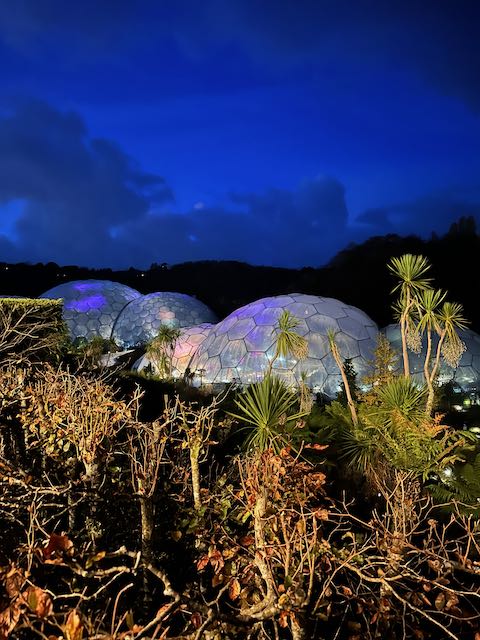
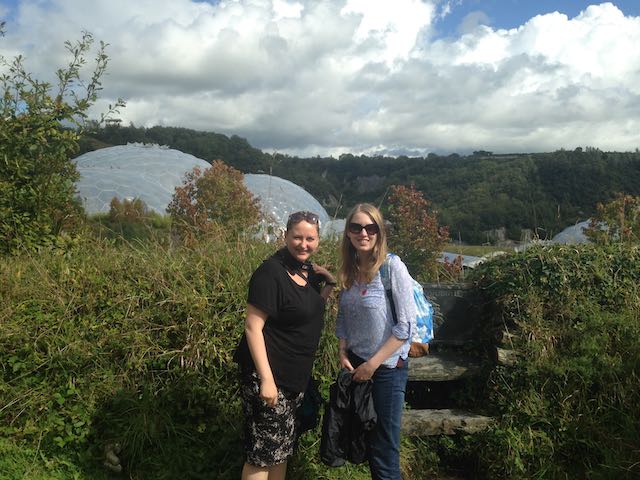
The Eden Project is one of the UK ‘Millennium Projects’ and offers a unique day out. It is located in an old clay quarry outside St Austell and contains two biomes – the Mediterranean and rainforest – each of which has the climate of plants, birds, and butterflies you would find in the respective environments. It has become a beacon of scientific research and innovation in conservation but it is so much more than this. You can easily spend a whole day at the Eden Project as there are so many activities and exhibitions including Ice Skating (at additional cost) in the winter. Be warned, it is not a cheap day out – the food is not cheap (£6.90 for a cheese toastie in 2023) and the gift shop is hard to resist!
One word of warning on Eden, if you speak to my godmother who lives in Cornwall and has been to the Rainforest and the Mediterranean she will tell you not to bother with Eden. Seen it all she says. This is true and it’s easily underwhelming if you’re better travelled, so think about Eden for the marvel of conservation it is as opposed to seeing these plants for the first time.
Entry to the Eden Project is from £33 for an adult and can be booked in advance online or bought on-site. In peak times, prices increase and the project does sell out so advanced booking is encouraged.
Lands End
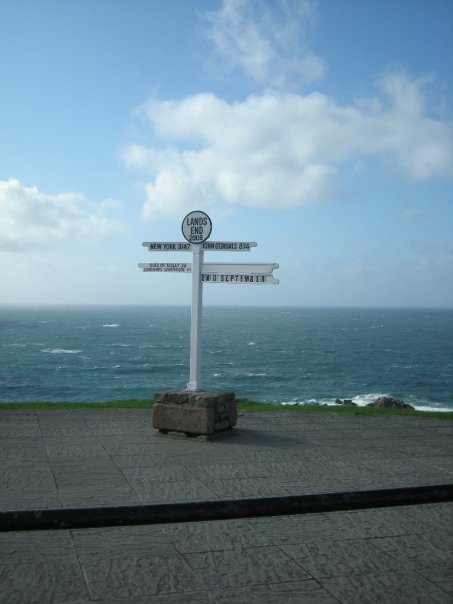
So, the thing about Lands End is, unless you go for a walk it really is just a signpost on the southernmost part of the UK with a gift shop. This doesn’t mean it isn’t cool to see it, but I do need to manage your expectations of what there is and is not to see. There used to be a Dr. Who experience, but that closed in 2017. This photo is older than that.
Lost Gardens of Heligan
The Lost Gardens of Helligan is a sprawling 200-acre conservation area near St Austell in Cornwall, which was restored by Sir Tim Smit, who went on to found the Eden Project. You need the best part of a day at the gardens, and I would recommend bringing your own food for lunch as there aren’t loads of options there. The gardens are brilliant for families as there is plenty for children to do, including a hidden beach area at the bottom of the gardens. They are also great for big kids to walk around and contain a lot of unusual plants which even if you don’t really care about plants are cool to see. There is also a unique range of sculptures across the park which help make a great day out.
The Lost Gardens of Heligan are best booked online, and adult tickets start at £18.00
St Michaels Mount
St Michaels Mount is one of those really cool islands (yes, I do quite enjoy these) which is managed by the National Trust and is home to the St Aubyn family. St Michaels Mount is accessible in-line with tide times and gives you a full day out to explore the main house, the harbour, village and church as well as some well-manicured gardens.
COTHELE
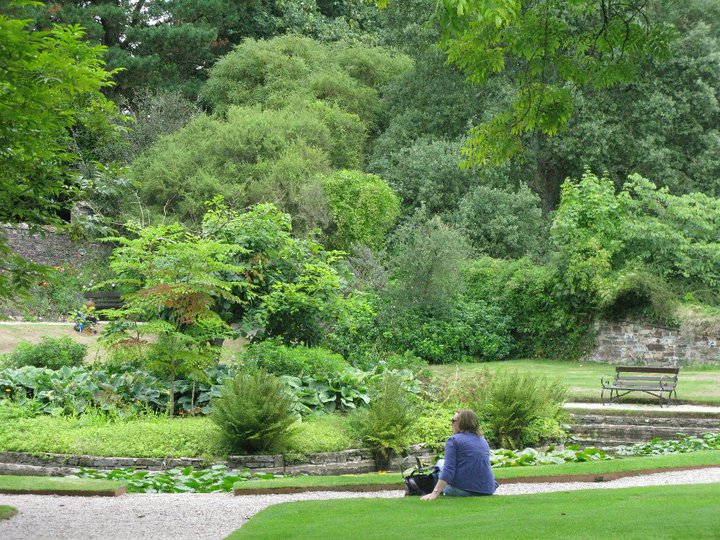
In the corner of southeast Cornwall, you will find the Tudor house of Cothele, another National Trust gem with well-landscaped gardens and a brilliant cafe. Cothele has long been a mainstay of my holidays to Cornwall (I have a scar on my knee which I got as a child falling down the steps in Cothele when a bit overexcited).
Minack Theatre
The Minack is a wonderful open-air theatre located on a Cornish Cliff. Before coming to Cornwall, it is worth seeing if there is a play on as it will be an experience like no other for you.
Cutest towns
Falmouth
Falmouth is probably my favourite town in Cornwall to visit. The high street has the perfect combination of tourist tat, Cornish culture, and surf or casual wear shops (it has one of the original branches of Seasalt, a fabulous Cornish clothing brand), some lovely pubs (the Boathouse I would especially recommend for a stop), great fish food and a good smattering of history. Pendennis Castle is well worth a visit (English Heritage manages it) and comes with brilliant views over the peninsula to St Mawes.
Padstow
Padstow is one of the most sought-after towns in Cornwall, awash with second homes and children who attend private schools in London. It is also a beautiful fishing village with a working port. It takes conservation seriously and you can visit the National Lobster Hatchery or learn more about the Camel Estuary in a boat trip. Padstow is also home to exceptional food (I would try and recommend one restaurant or pub above the rest, but I have never had a bad meal there) and a selection of local art shops.
PORT Isaac
The sleepy fishing village of Port Isaac has become a bit of a tourist attraction. It is the set of ITV’s Doc Martin and is also the inspiration for the film Fisherman’s Friends.
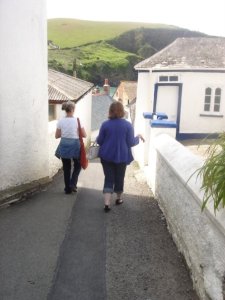
Port Isaac is a beautiful village to lose a few hours walking in, eating some delicious local food, and literally running into one of the original members of the now famous folk group (we were served in one of the cafes by one member). Most of the visitor parking for Port Isaac is at the top of a hill, so it is not the most accessible village.
Bude
Bude is a fantastic location for those keen to surf, see diverse wildlife, or turn your hand to golf. It is one of the must-visit villages in North Cornwall and even has a sea pool for those partial to outdoor swimming (this is high on my bucket list of things to do when I next go to Cornwall).
St Ives
It claims to be the jewel in Cornwall’s crown, and St. Ives is certainly a special place. Located in the west of Cornwall, it is home to the county’s art community and one of the best galleries in the southwest of England – the Tate St. Ives. The town is punctuated by windy streets, which are packed with shops selling the best of British – from art, jewellery, fudge, sweets, and souvenirs. St. Ives is one of those reasons to visit Cornwall away from peak season – if you arrive after about 10.30 in July or August you will be unlikely to find a place to park and if, like me, you don’t like people moving slowly, it’s a nightmare.
charlestown
Charlestown is a quintessentially British town tucked away in St Austell Bay. In high summer it is adorned with bunting, situated on a beautiful harbour and host to a regatta and some magnificent restaurants. The best I have found in Charlestown is the Boathouse. It really stands out above the rest; I remember some magnificent fish and roasted aubergine with yoghurt dressing which I can still picture two years later.
The prettiest beaches
The best beaches are on the north coast of Cornwall. I am sure many people will dispute this and say, what about (for example) the Lizard or even Falmouth. These beaches are lovely, but not for a first-timer.
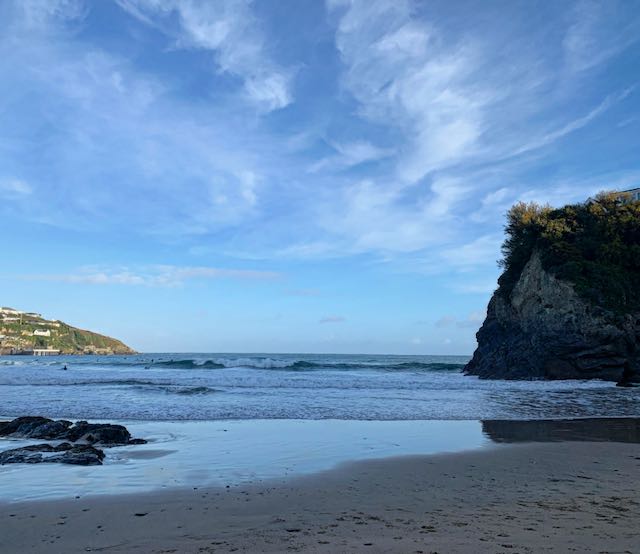
If it’s your first time in Cornwall, stick to the ones with the infrastructure like Watergate Bay, Fistral Beach or Hollywell Bay. At many of these beaches during peak season, locals will happily rent you their beach huts for about £25 a day. This may seem steep, but they usually come with body boards, chairs, the ability to lock your valuables away, teas, coffees and snacks. Some even have an electric ring so you can make food or more importantly, a plug socket to charge your phone.
Breathtaking walks
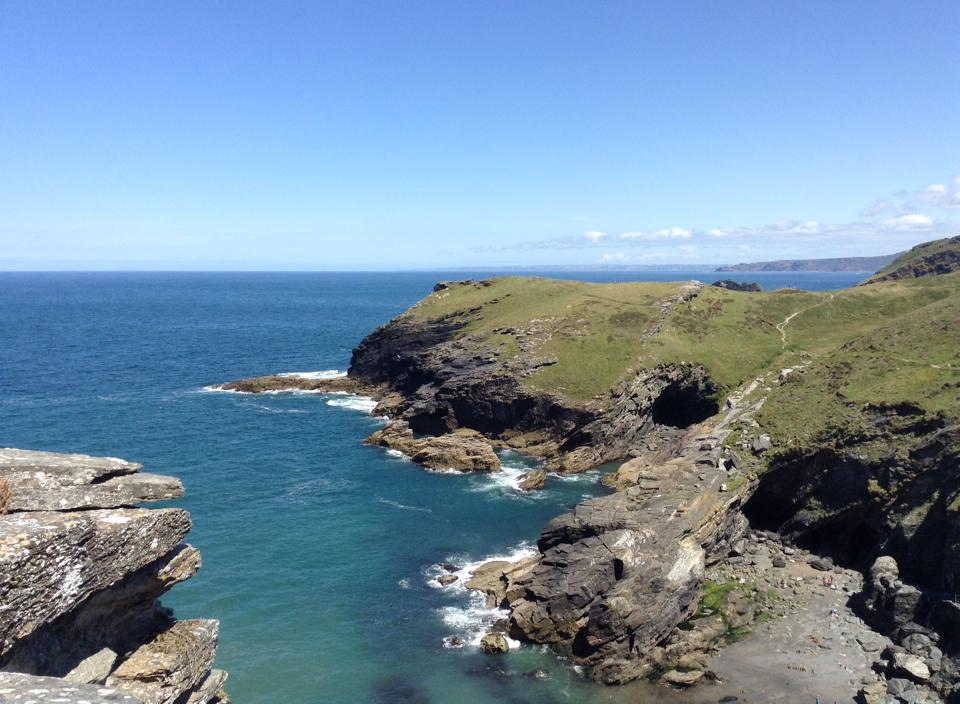
There are two main ‘types’ of walks in Cornwall – hilly walks, for example on Bodmin Moor or in Lostwithiel or the coastal path. If you are lucky, walking around a town in Cornwall will be less hilly, but you need to be prepared to flex those calf muscles. One of my favourite walks in Cornwall is on Lostwithiel as it is always green and lush, however the Gannel in Newquay and round to the headland is also stunning and can be done in about 90 minutes.
A night out…
Despite being a draw for hen and stag parties, I wouldn’t recommend Cornwall if you want to go partying. Newquay in the summer (or on New Year’s Eve) is probably your best bet, as it has all the cheese and cheap pubs that you would expect from a British holiday town; Sailors has always been the place to go for a good night out. Truro and Falmouth both have a reasonable selection of bars and clubs but Ibiza they are not. If you are DETERMINED you can have a good night out in Camborne or Saltash, but you do need to be determined.
And finally, the deceiving…
Gnome world
My mother, who loves a quirky museum as much as I do, dragged my poor godmother to Gnome World. It’s not a theme park like it sounds, it’s more like the back end of a garden centre, but without the good cafe and baked goods. “A few shit gnomes outside some caravans” was my godmother’s verdict. Really the woman should have her own blog.
Save this post for later
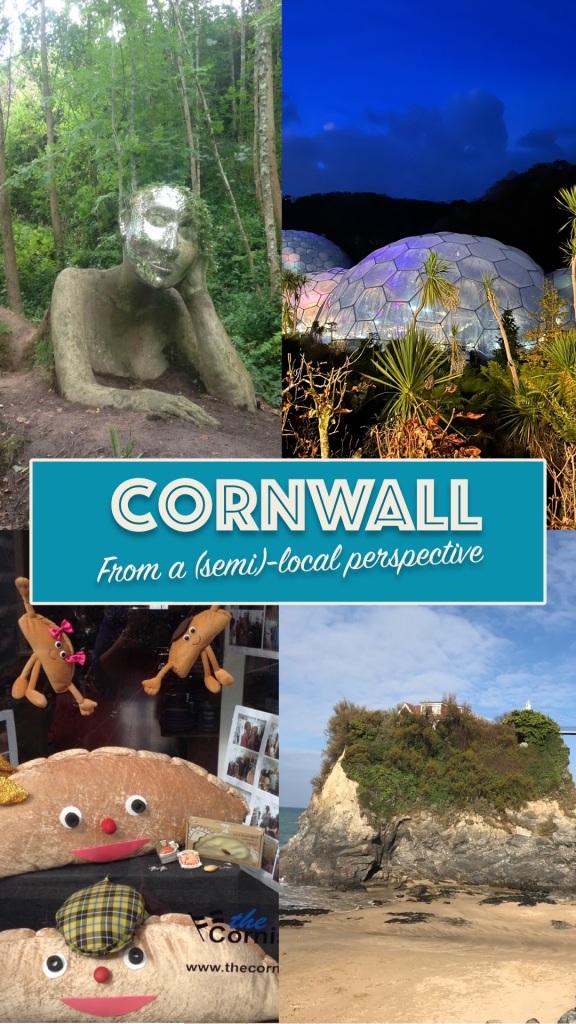
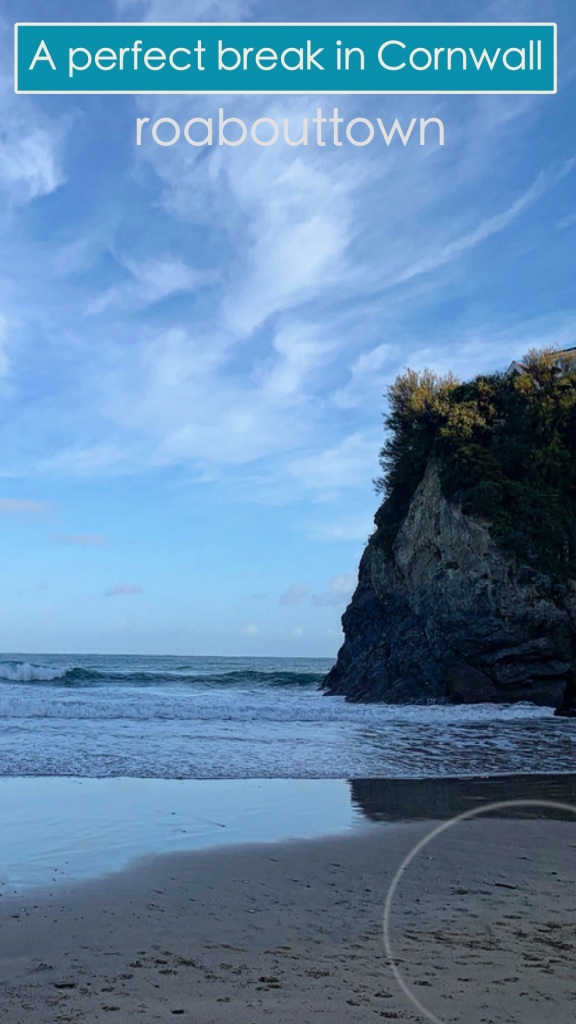
*This post contains affiliate links, if you use one to make a purchase, I will get a small commission at no cost to you. Please note, I only link to things I have done or places I have and would do or return to these places again.

